Basmati $1200/tonne Minimum Export Price: Why is the Exporter Lobby Squeaking?
Farmer is being short-changed and income tax perhaps evaded. There's no counter-narrative to the powerful Basmati Lobby's PR Blitz— we present one.
The New Basmati Export Benchmark: Unreasonable or Justified?
The recent notification by the Ministry of Commerce, establishing a Minimum Export Price (MEP) of $1200 per tonne for Indian Basmati rice, has stirred controversy among the powerful Basmati Rice Exporters' lobby. They assert that this price point is unreasonable, claiming that most historical Basmati exports have ranged between $700 and $1200 per tonne. The lobby contends that prices above this are rare and generally apply only to very high-quality Basmati rice, which is produced in minuscule quantities. It is worth noting that India accounts for nearly two-thirds of the international Basmati trade, and approximately 90% of Basmati produced in India is exported.
Market Freeze: Lobby's Response and Its Consequences
In response to the Government's decision, the Basmati Exporters’ lobby has not only appealed for a review but also advised its members to halt Basmati purchases in mandis across India. This is particularly impactful for Punjab and Haryana, the leading Basmati producers. Consequently, normal paddy purchases continue, while Basmati trading has virtually stopped.
The Fallout: Decline in Open Market Prices
The Basmati Exporters’ lobby claims that the Central Government's decision to set the MEP of $1200 per tonne for Basmati rice has had immediate repercussions on the domestic market. Open market prices have sharply declined by Rs. 500 to Rs. 600 per quintal, with Basmati 1509 now trading between Rs. 2700 and Rs. 2900 per quintal, a significant drop from the earlier range of Rs. 3300 to Rs. 3500. This has alarmed various stakeholders, including politicians like former Haryana Chief Minister Bhupendra Singh Hooda, who claim that this policy shift is detrimental to farmers. Hooda has gone on record stating that prices in Haryana mandis have plummeted by as much as Rs. 1000 per quintal, translating to an estimated loss of around Rs. 20,000 per acre for farmers.
Government Rationale: Ensuring Quality and Price Stability
It may be noted that the Government has already imposed a complete ban on the export of ordinary, non-Basmati white rice since 20th July, 2023, to control rising domestic prices. Given that the country is on the cusp of an election year, with Lok Sabha elections scheduled for April 2024, no Government can afford to let consumers bear the burden of skyrocketing rice prices. The Government of India's official stance on the new Basmati rice Minimum Export Price is aimed at addressing a specific issue: the illicit export of ordinary paddy that is either mislabelled as Basmati or mixed with it, thereby effectively and illegally circumventing the existing export ban on rice.
Rice Exporters vs Government Policy
The Rice Exporters' lobby, armed with an effective public relations machine, has dominated Indian media channels with strong arguments against the Government's decision, branding it as unreasonable. Their PR campaign also shifts the spotlight onto farmers, asserting that they will be the ultimate casualties of this new policy. It's important to note that unlike paddy, which falls under the Minimum Support Price (MSP) and is procured by both government agencies and private entities, Basmati is entirely outside the Government's procurement framework. All purchases are made solely by or on behalf of Basmati exporters.
Tackling Under-Invoicing in Basmati Exports
A senior retired officer from the Directorate of Revenue Intelligence (DRI) supports the Government's decision to fix the MEP at $1,200 per tonne, calling it a step in the right direction. According to experts, enforcing the export ban on ordinary rice isn't the sole reason for this decision. Rampant under-invoicing in the Basmati rice industry allegedly serves dual purposes for the exporters. First, it allows them to divert valuable foreign exchange to tax havens, effectively evading income tax in India and accumulating black money abroad. These are often camouflaged as commission, brokerage, or business development expenses by the importers, who are more concerned with the overall price they pay in dollars per tonne.
The Irony of Farmer Exploitation by Basmati Exporters
Ironically, it's the farmers who are shortchanged by the Basmati exporters, even as these exporters posture as advocates for the farmers when negotiating with the Government of India for a reduction in the MEP. Under-invoicing provides exporters a credible reason to depress the procurement prices of Basmati in the mandis of Punjab and Haryana. If a baseline price of $1,200 per tonne is mandated, farmers would undoubtedly demand higher prices for their produce.
The Disproportionate Profit Margins of Basmati Exporters
A straightforward calculation reveals a sizable markup between the current price in rupees per quintal and the Minimum Export Price (MEP) of $1,200 per tonne—approximately Rs 9,900 per quintal. Even accounting for extraction rates and liberal processing, packaging, transport and marketing expenses, Basmati exporters maintain substantial profit margins. They argue that their produce faces stiff competition from countries like Pakistan, but a walk through any retail store in the Middle East, Europe, or North America will demonstrate that Indian brands dominate the shelves.
Government's Role in Equitable Basmati Trade
Basmati exporters should not be allowed to accumulate disproportionate profits, especially when the bulk of Basmati production is concentrated in states like Punjab and Haryana. The Central Government must resist the exporters' tactics of suppressing their income tax liability by siphoning off significant portions of their revenue abroad, while keeping Indian farmers in a financial straitjacket. In a context where cereal prices, including wheat and ordinary rice, are at near-record highs internationally, and Western consumers are accustomed to high-quality aromatic Basmati from India, there is no justification for exporting Basmati at less than $1,200 per metric tonne.
Political Caution and Analytical Scrutiny Required
In this scenario, politicians of all affiliations should exercise caution, avoiding the lure cleverly set by the Basmati Exporter lobby, who claim to be protecting farmers' interests. Concurrently, the Government and independent think-tanks ought to delve into the intricate details of the profits that Basmati exporters are expected to make, considering the current wholesale international prices for Basmati rice.
The Imperative for Regulatory Oversight
As a closing thought, critics of the Minimum Support Prices (MSP) for crops like wheat and paddy should study the largely unregulated trading ecosystem of export-centric agricultural products like Basmati. Such an examination will reveal that the Basmati exporters' collective lobbying and cartelisation are inflicting substantial losses on producer-farmers. This calls for immediate scrutiny and possibly an investigation.
We believe that the Competition Commission of India should either take suo moto notice or, alternatively, the State of Punjab should submit a formal application to the Commission. This is essential to protect the core interests of Basmati producers in Punjab from an organised, dominant exporter lobby. Failing this, the lobby will continue to dictate the narrative against both the Government of India and the farmers, while accumulating unreasonable profits both domestically and internationally.


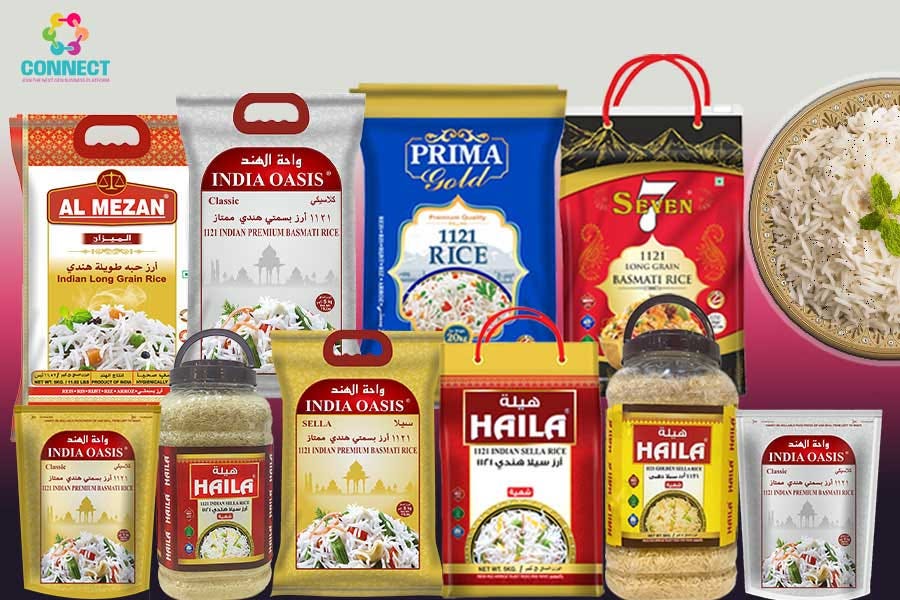
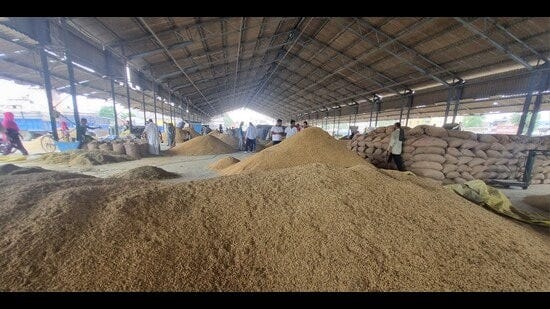
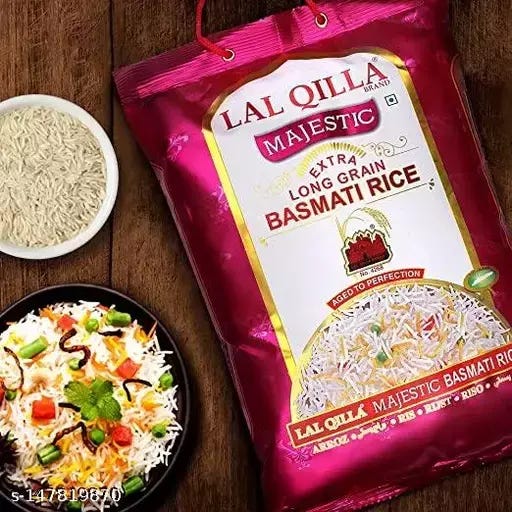
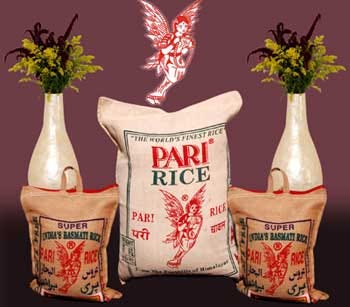
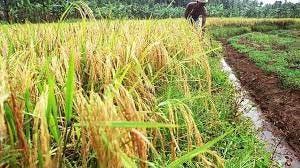


The price that we pay for basmati rice at store is 98 cents per pound. About three months back the news of non basmati rice ban doubled the price even when the ban was on non basmati. Now it is back to normal business here at old price. My sense is the current news will impact us again. We use close to 800/1000 lbs per week in our establishment. If our landed consumer price is 98 cents , it shows how little the poor farmer gets in his hand for producing it.